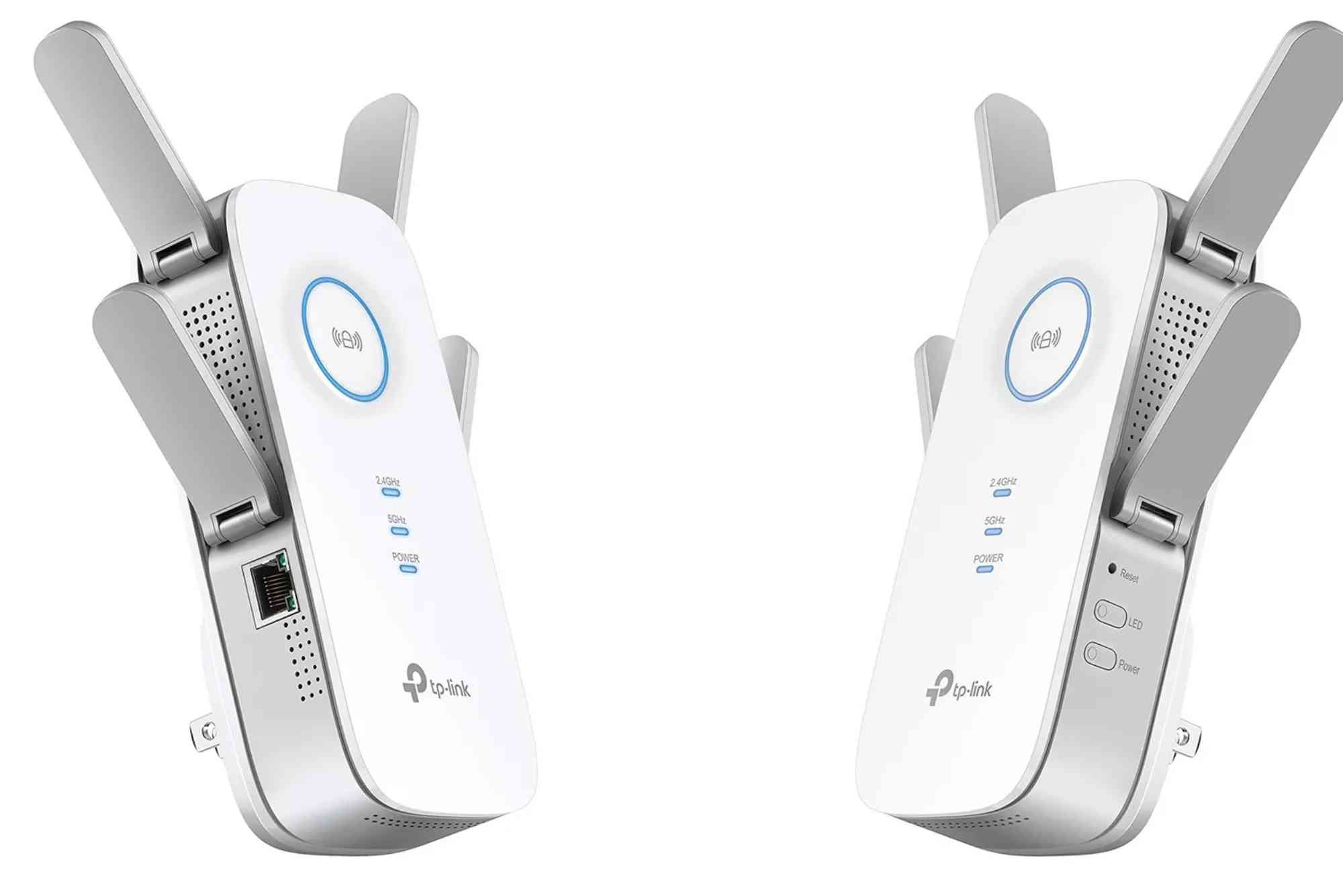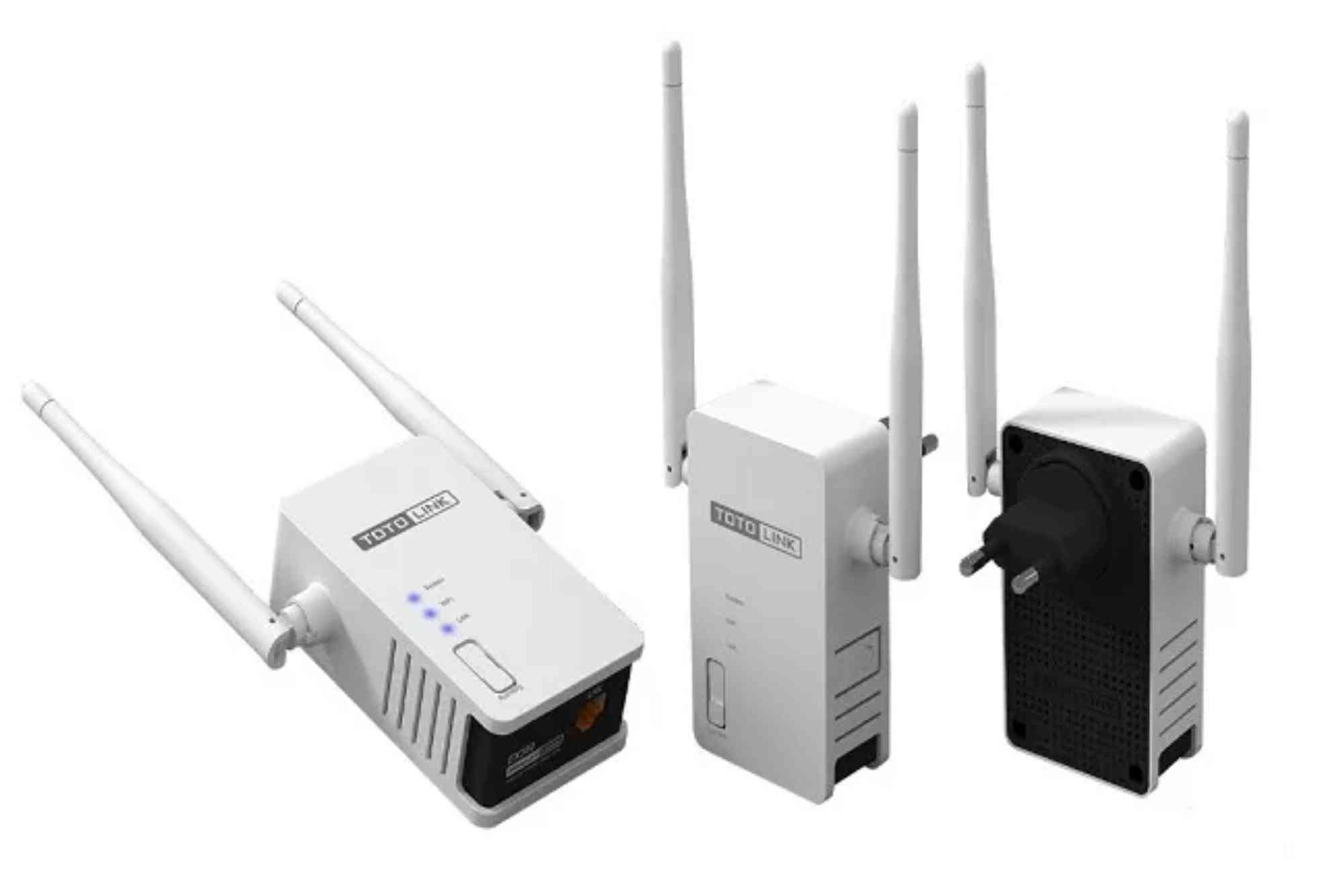If you’ve ever wondered, “Why is my Wi-Fi range extender so slow?”, you’re not alone. Many users install extenders hoping for better coverage but end up frustrated by sluggish performance. A Wi-Fi extender is meant to strengthen your network signal, not weaken it. When it delivers poor speeds, something is usually misconfigured or positioned incorrectly. Understanding the causes — and how to fix them — can make a huge difference in your connection quality.
Whether you’re streaming Netflix in your bedroom, joining an Orange Theory class online, or working remotely from a home office in Mountain View, slow Wi-Fi can disrupt everything. In this guide, we’ll break down the real reasons behind Wi-Fi range extender slow speeds and walk you through proven solutions to restore lightning-fast connectivity.
Understanding How Wi-Fi Range Extenders Work
A Wi-Fi range extender captures the existing signal from your router and rebroadcasts it to cover areas where the connection is weak. However, because it depends on your primary router’s signal, it can never be faster than the original connection. When positioned or configured incorrectly, it can even cut your speed in half.
Extenders are great for extending coverage to dead zones, but they often introduce extra latency. Think of it like a relay race — the baton (data) must be passed from your router to the extender before reaching your device. Every hop adds delay, which can lead to slower speeds.
Common Reasons Why Your Wi-Fi Range Extender Is Slow
Poor Placement Between Router and Device
Placement is one of the biggest culprits behind slow Wi-Fi range extender speeds. If the extender is too far from the router, it picks up a weak signal and rebroadcasts it, spreading poor connectivity across your space.
Ideally, place the extender halfway between your router and the area with weak coverage. Avoid walls, metal surfaces, and appliances that interfere with wireless signals.
Signal Interference from Other Devices
Everyday gadgets like microwaves, cordless phones, and Bluetooth speakers can cause interference. Even neighboring Wi-Fi networks in apartment complexes can crowd the same channels, reducing performance.
Switching to a less congested Wi-Fi channel or using the 5GHz band can reduce this problem and speed up your extender connection.
Double Connection Hops
When your device connects to the extender, and the extender connects to the router, your data travels twice the distance. Each hop causes bandwidth loss. This is especially noticeable on older single-band extenders.
Dual-band or tri-band extenders help by dedicating one band for backhaul (communication between router and extender) and another for device connections, ensuring faster throughput.
Old Firmware or Outdated Hardware
Technology evolves fast. If your extender’s firmware hasn’t been updated in a while, it may not perform optimally. Manufacturers often release updates to fix bugs, improve compatibility, and enhance signal handling.
Visit the manufacturer’s website or use their mobile app to check for firmware updates. Also, consider upgrading to a newer extender that supports the latest Wi-Fi standards (like Wi-Fi 6).
Weak Router Performance
Sometimes, the problem isn’t the extender — it’s the router. If your router is outdated or overloaded with too many connected devices, it can bottleneck your entire network.
Before blaming the extender, check if your router delivers consistent speed near its source. Run a speed test beside your router to compare performance.
How to Fix a Slow Wi-Fi Range Extender
Reposition Your Extender for Optimal Coverage
Move the extender to a spot where it receives a strong signal from the main router. Look for a location that maintains at least 50–70% signal strength. Many extenders include LED indicators to help you find the best position.
If you live in a multistory home or an apartment in a dense area like Mountain View, small adjustments can make a significant difference.
Use the Same Network Name (SSID)
Some users create separate SSIDs for the extender and router, leading to connection drops when moving around the house. Using the same SSID and password ensures a seamless roaming experience without manually switching networks.
Update Firmware Regularly
Visit your extender’s configuration page or app to check for firmware updates. Outdated software is a common reason for instability and slow performance. Keeping both the router and extender updated helps maintain compatibility and performance.
Change Wi-Fi Channels
If you suspect interference from neighboring networks, log into your router settings and switch to a less crowded channel. Tools like Wi-Fi Analyzer can help you identify the best channel for your area.
The 2.4GHz band has better range but is more prone to interference, while the 5GHz band offers faster speeds over shorter distances.
Limit Connected Devices
Every device connected to your Wi-Fi network uses a portion of available bandwidth. If multiple devices stream, game, or download simultaneously, your extender can struggle to keep up.
Prioritize essential devices or set Quality of Service (QoS) rules in your router to allocate bandwidth where needed most.
Use an Ethernet Backhaul
If possible, connect your extender to the router via Ethernet cable instead of wirelessly. This eliminates one wireless hop, dramatically improving speed and stability.
This setup is particularly useful for gaming, 4K streaming, or video conferencing where low latency matters.
Consider a Mesh Wi-Fi System
If your home has multiple floors or thick walls, a mesh Wi-Fi system might be a better solution. Unlike traditional extenders, mesh systems create a unified network with intelligent routing between nodes for consistent speeds throughout your space.
Though more expensive, mesh systems offer a future-proof solution for modern households with many connected devices.
When to Replace Your Wi-Fi Range Extender
If your extender is more than three years old or only supports Wi-Fi 4 or 5, it may not keep up with newer devices. Wi-Fi 6 and Wi-Fi 6E extenders offer better range, faster throughput, and improved efficiency.
When upgrading, look for dual-band or tri-band models with gigabit ports. The improved backhaul performance will make a noticeable difference in your connection quality.
For reliable home or business connectivity, visit Dhanote Internet Services for expert advice and network setup assistance.
FAQs
Why does my Wi-Fi range extender slow down my internet?
Because extenders rebroadcast your router’s signal, the available bandwidth gets split between the router and the extender. This is why speeds may drop by up to 50%.
How do I make my Wi-Fi extender faster?
Place it in a stronger signal area, update firmware, switch to 5GHz, and minimize interference from other devices.
Should I connect to the extender or the router?
Connect to whichever provides the strongest and most stable signal. If both share the same SSID, your device will automatically choose the best option.
How far should my Wi-Fi extender be from my router?
Place it roughly halfway between your router and the area needing coverage. Avoid corners, metal surfaces, and thick walls.
Is a mesh system better than an extender?
Yes, a mesh system offers seamless connectivity, no speed drop-offs, and better coverage across larger areas. Extenders are a cheaper but less efficient alternative.
Get the Speed You Deserve
A slow Wi-Fi range extender doesn’t have to ruin your connection. With proper placement, regular updates, and smart configuration, you can eliminate dead zones and enjoy consistent speeds throughout your home or office.
If you’ve tried these fixes and still experience Wi-Fi range extender slow speeds, it may be time for a hardware upgrade or a professional consultation.








